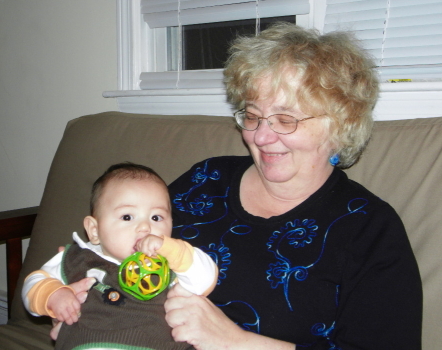I am coaching my AMSA students for math competitions. Recently, I gave them the following problem from the 1964 MAML:
The difference of the squares of two odd numbers is always divisible by:
A) 3, B) 5, C) 6, D) 7, E) 8?
The fastest way to solve this problem is to check an example. If we choose 1 and 3 as two odd numbers, we see that the difference of their squares is 8, so the answer must be E. Unfortunately this solution doesn’t provide any useful insight; it is just a trivial calculation.
If we remove the choices, the problem immediately becomes more interesting. We can again plug in numbers 1 and 3 to see that the answer must be a factor of 8. But to really solve the problem, we need to do some reasoning. Suppose 2k + 1 is an odd integer. Its square can be written in the form 4n(n+1) + 1, from which you can see that every odd square has remainder 1 when divided by 8. A solution like this is a more profitable investment of your time. You understand what is going on. You master a method for solving many problems of this type. As a bonus, if students remember the conclusion, they can solve the competition problem above instantaneously.
This is why when I am teaching I often remove multiple choices from problems. To solve them, rough estimates and plugging numbers are not enough. To solve the problems the students really need to understand them. Frankly, some of the problems remain boring even if we remove the multiple choices, like this one from the 2009 AMC 10.
One can holds 12 ounces of soda. What is the minimum number of cans needed to provide a gallon (128 ounces) of soda?
It’s a shame that many math competitions do not reward deep analysis and big-picture understanding. They emphasize speed and accuracy. In such cases, plugging in numbers and rough estimates are useful skills, as I pointed out in my essay Solving Problems with Choices.
In addition, smart guessing can boost the score, but I already wrote about that, too, in How to Boost Your Guessing Accuracy During Tests and To Guess or Not to Guess?, as well as Metasolving AMC 8.
As the AMC 10 fast approaches, I am bracing myself for the necessity to include multiple choices once again, thereby training my students in mindless arithmetic.
Share:





 Many people ask me when is a good time to teach kids math. In my experience, it can never be too early. You just need to keep some order. Multiplication should be taught after addition, and negative numbers after subtraction. Kids should remember multiplication by heart at the age of seven. They can understand negative numbers as early as four.
Many people ask me when is a good time to teach kids math. In my experience, it can never be too early. You just need to keep some order. Multiplication should be taught after addition, and negative numbers after subtraction. Kids should remember multiplication by heart at the age of seven. They can understand negative numbers as early as four.